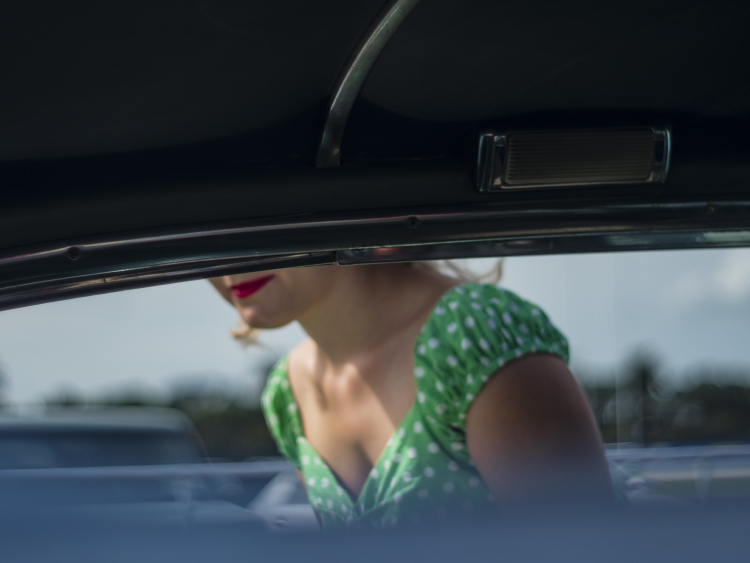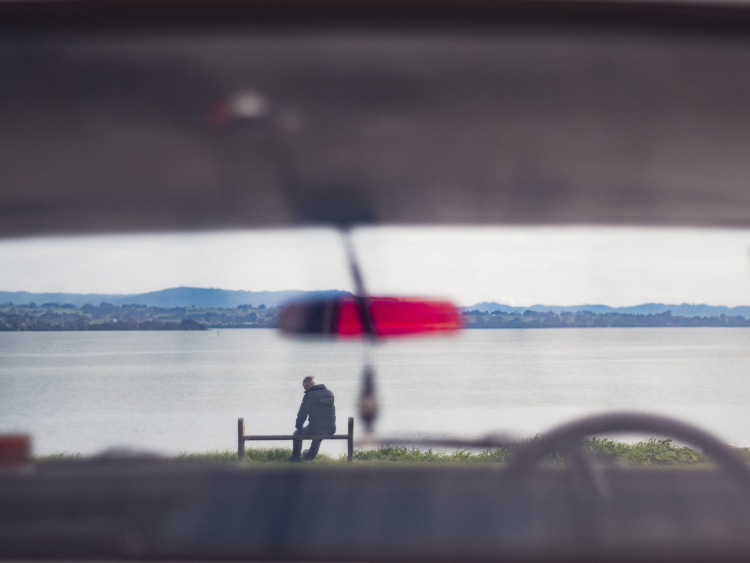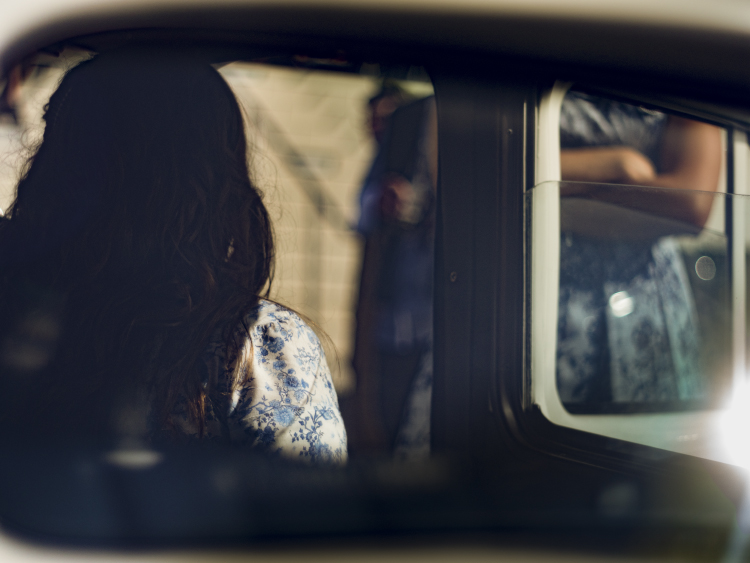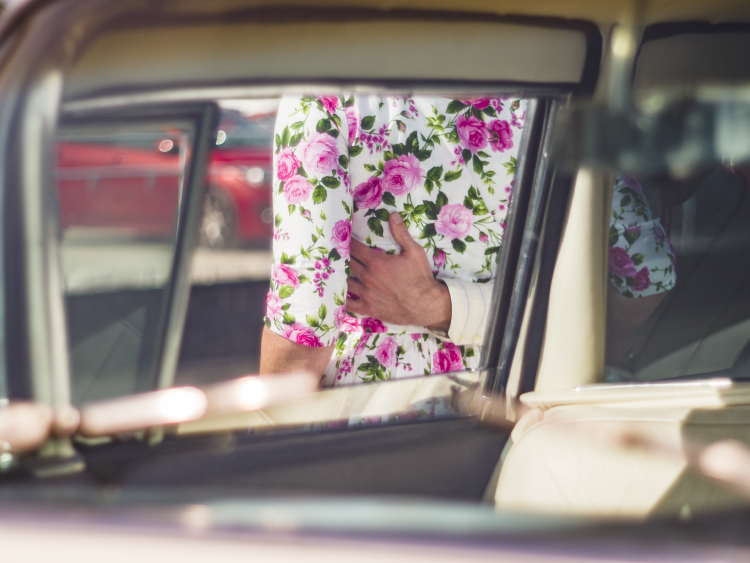Vehicular Voyeurism
Jocelen Janon’s Rear Window
MAREEA VEGAS

JOCELEN JANON Untitled 2016 Digital photograph
Jocelen Janon is a voyeur with his Nikon. He feeds on the business of others, documenting the subtleties of human emotion, encouraging ambiguous interpretation of his work, and so revealing the true complexities of his own psyche.
Born in Reims, France, Janon grew up next door to a rubbish tip that sprang from the remnants of an abandoned chalk quarry. Uniformed concrete housing lined his street that was well known for its ‘white trash’ antics and artistically colourless culture. A child in the late 1970s, he was eligible for, under socialist rule, cheap or free social activities, and his parents forced him and his three sisters to participate in a countless number of these. Welcoming any interruption from a difficult home life, it was the alchemy of the photo lab that he unwittingly fell for, eventually realising the practice of photography as his métier.
Decades later, it is in Auckland that we now find the photographer, known around town for his penchant for idiosyncratic preferences and images that examine close human relationships. His latest work has been collected together in Rear Window, the title a direct reference to Hitchcock’s 1954 one-set thriller about a voyeuristic, housebound photographer.
Drawing from childhood memories as an artistic source, Janon’s images borrow from precious moments observed while riding in his side-facing seat in the boot of his father’s 1960s Citroën stationwagon. Nostalgia playing a big part in the project, he embraces the chance to collect memories that reconnect him, and ultimately us, with times that have passed; times he spent cherishing the respite he found in small spaces, honouring the need to retreat into a utopia beyond reach, escaping a world that was seemingly so harsh. It is perhaps from this inwardness that Janon’s intuitive sense for capturing the nuances in human behaviour has stemmed.
Due to the practicalities of shooting, and the sheer thrill of the act, Janon chooses to hunt for photo opportunities at vintage car fairs. Using windshields as sun filters and additional framing of his unsuspecting subjects, he shows an inherent ability to capture tensions in a single frame, alluding to the idea of a less than picture-perfect reality of Auckland life. Shooting solely through a cheap ’60s lens he is drawn to the authenticity it brings and the aberrations it creates. The use of bold cinematic colours in this series is a recent inclusion to his practice, which has in the past been predominantly black-and-white.
It could be perceived that individually the images are mere unrelated specks of time, stills from a movie glued together by Janon’s faithfulness to the project, but in fact they form a new narrative, one that Janon is happy to be interpreted entirely by the viewer’s imagination. Rear Window asks us to look underneath the surface of appearance, inviting us to start a broader conversation about perhaps the true nature of humans, the unspoken, and unnoticed moments. Through this process, he weaves a delicate thread that connects himself with his viewers and subjects, and vice versa. Even to Janon, the knowing or not knowing of the true narrative behind each image is inconsequential to the work as a whole.

JOCELEN JANON Untitled 2016 Digital photograph

JOCELEN JANON Untitled 2016 Digital photograph

JOCELEN JANON Untitled 2016 Digital photograph

JOCELEN JANON Untitled 2016 Digital photograph
